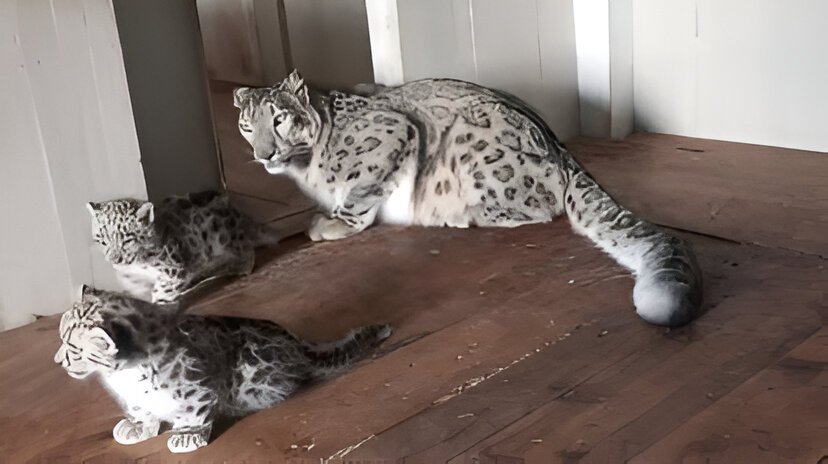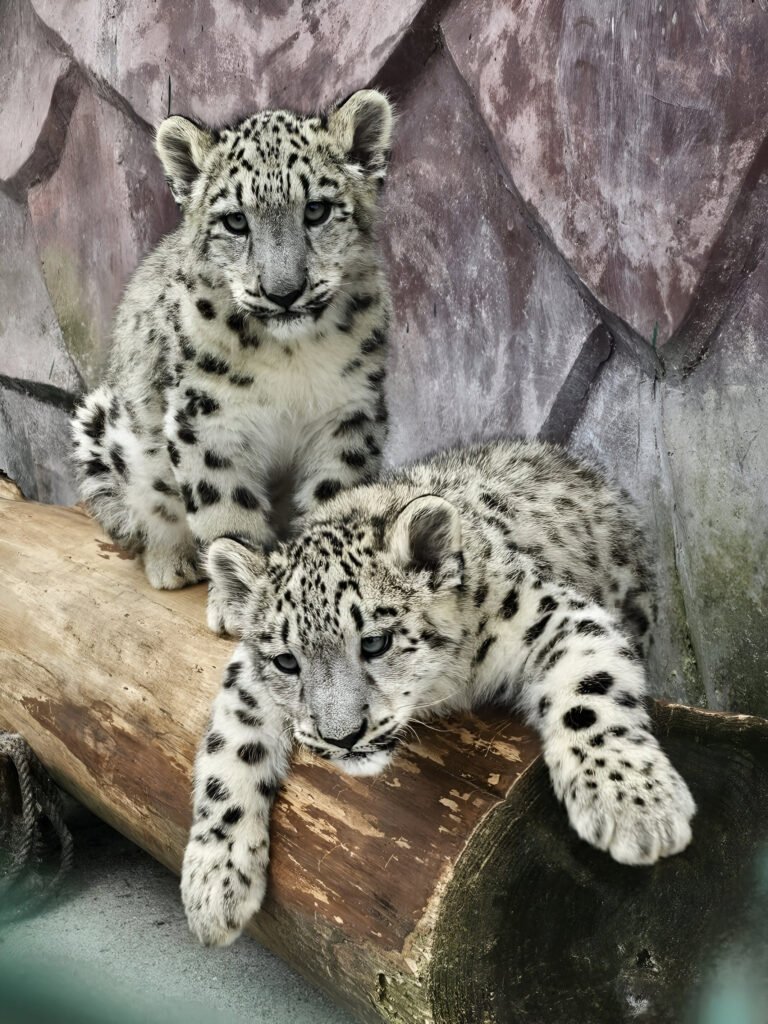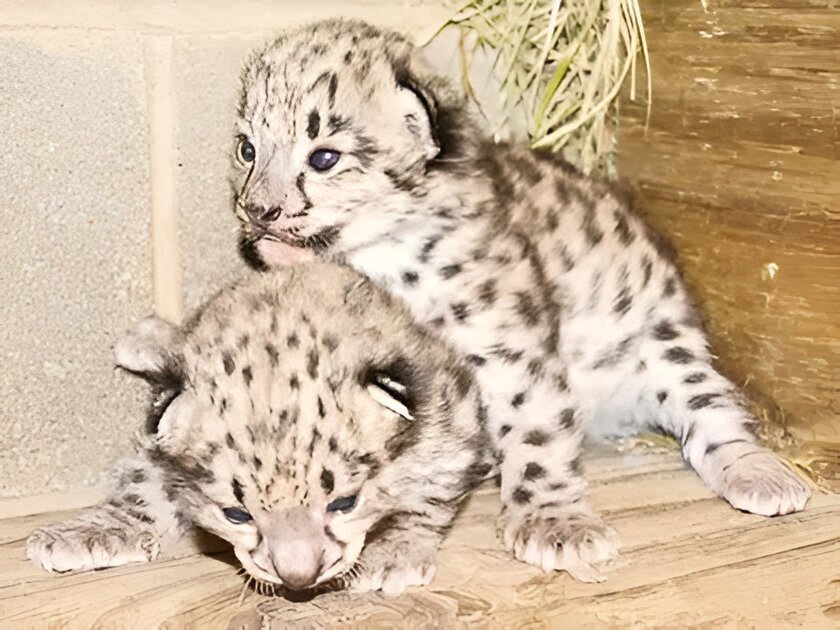
A New Record in the Conservation Efforts: Two Cubs are Born in Darjeeling
In addition to its many achievements, The Padmaja Naidu Himalayan Zoological Park (PNHZP) – known by most as the Darjeeling Zoo – has recently made strides in conservation with the birth of two rare snow leopard cubs. The cubs, born to a female named Rare and a male named Namka some weeks back, are now being raised at Togbey Danra, a conservation breeding facility located 20km off of Darjeeling town. With the latest births from this Zoo, the total population of snow leopards at the zoo has risen to 13 which makes the zoo
Snow Leopards: Status of a threatened breed
Snow leopards (Panthera uncia) have been identified as a “vulnerable” species on the IUCN Red List with a total population between 4,000 and 7,500. Snow leopards are present in India in an approximate 718 population scattered across the mountain ranges in states like Uttarakhand, Himachal Pradesh , Ladakh and Sikkim. And while the species is under threat from factors such as climate change, deforestation, habitat fragmentation as well as human wildlife conflict, the birth of cubs in captivity is a positive shift in the window for conservationists.

The Role of Darjeeling Zoo in Snow Leopard Conservation
Since 1985, PNHZP has emerged as a global leader in snow leopard conservation after beginning its Conservation Breeding Programme. The zoo recorded its first successful cub birth in 1987 and was designated the national coordinating zoo for snow leopards in 2007. Success of the program comes from optimal genetic management, with breeding pairs procured from a number of Indian regions and overseas zoos to ensure a healthy gene pool and prevent inbreeding-associated ailments.
State-of-the-Art Facilities at Togbey Danra
The cubs are being raised at Togbey Danra, an off-display five-hectare leopard conservation facility which simulates high altitude environments for snow leopards. The center contains five naturalistic enclosures, each 1,000 square meters in area, composed of drier mountain soils, rocks, and continuously monitored via CCTV. Care of pregnant females includes confinement, routine health evaluations, and close scrutiny of the might aid to the welfare of the mother and children.

The Genetics Of Their Captive Snow Leopard Population
The genetic variability stands out as one of the key factors contributing to the success of the program. The snow leopards at Darjeeling Zoo Assam have been procured from different parts of India and even some foreign regions. This method enhances the genetic support of the captive population, mitigates the likelihood of inbreeding depression, and increases the potential value of the population for future reintroduction and research activities. The zoo’s breeding program has resulted in 81 snow leopard births since its inception, with several cubs sent to other Indian zoos to support national conservation goals.
Recognition and Collaboration in Global Conservation
The achievements of The Darjeeling Zoo have been accepted nationally and internationally. In 2024, the zoo was nominated for the WAZA Conservation and Environmental Sustainability Award of the Year for its enduring efforts towards snow leopard and red panda conservation. The zoo works with various international organizations to offer and receive needed help forcing its position as one of the frontrunners in the conservation of the elusive cats.
A Hopeful Future for Snow Leopards
The birth of these two cubs is encouraging for snow leopard conservation. The cubs are living symbols of hope for the snow leopard species and the intensive conservation efforts because they are being nurtured by specialists. The Darjeeling Zoo, with unrestricted funding, hopes to enhance its breeding facilities and participate in global research, as well as promote public understanding of the endangered status of snow leopards in nature.











